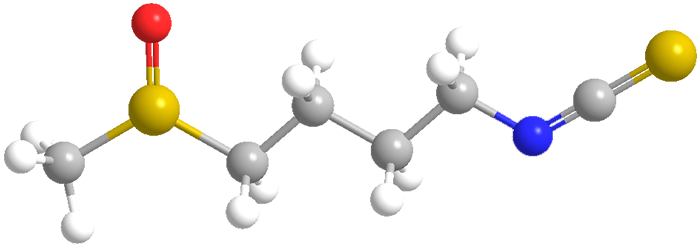

Sulforaphane is produced by the enzymatic breakdown of glucosinolates in many plants, especially the cruciferous vegetables broccoli, cabbage, and Brussels sprouts. It combines isothiocyanate and sulfinyl groups to provide bioactivity; and it has been evaluated for its anticancer, antidiabetic, and antimicrobial properties. Recently, it was shown that the release of sulforaphane helps noncruciferous plants fight invasions by pathogenic bacteria. Sulforaphane should not be confused with sulforaphen, its 3:4 unsaturated cousin.

Learn more about this molecule from CAS, the most authoritative and comprehensive source for chemical information.
Molecule of the Week needs your suggestions!
If your favorite molecule is not in our archive, please send us a message. The molecule can be notable for its current or historical importance or for any quirky reason. Thank you!
Stay Ahead of the Chemistry Curve
Learn how ACS can help you stay ahead in the world of chemistry.

